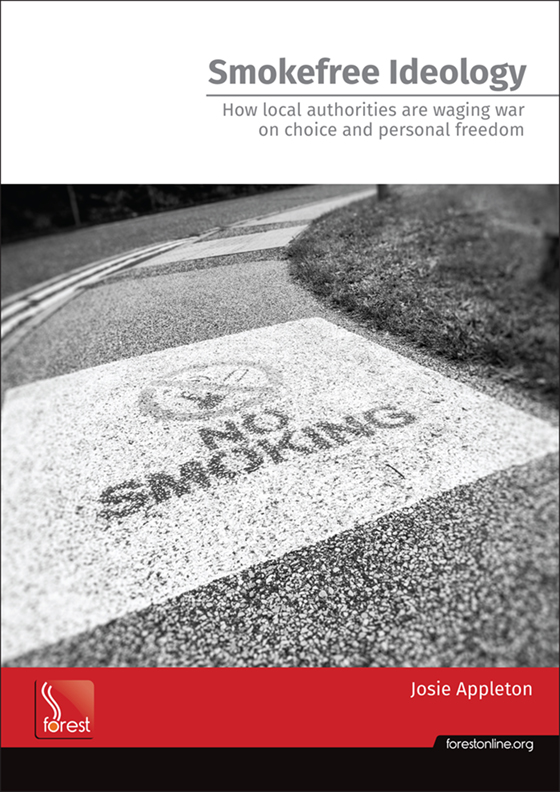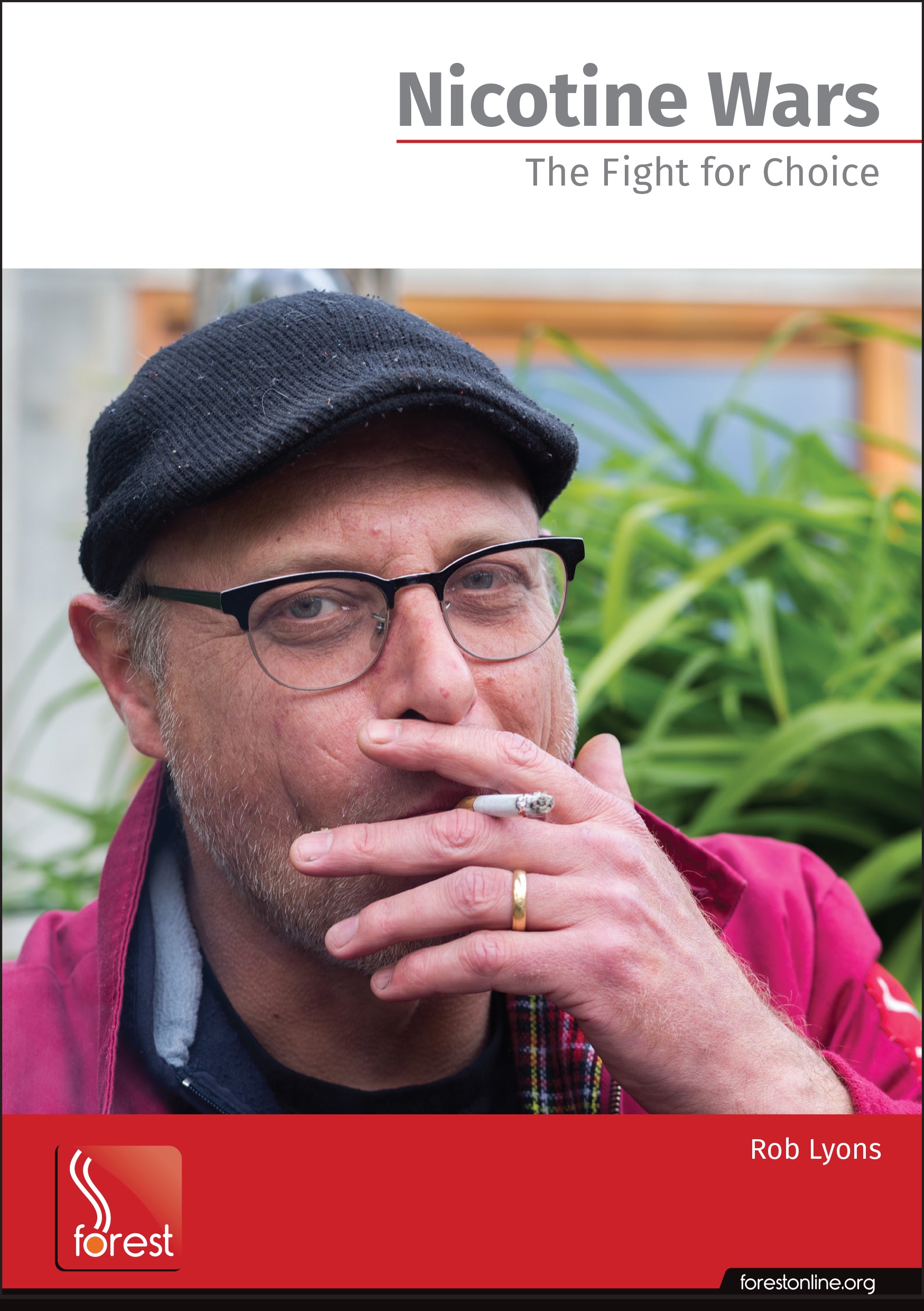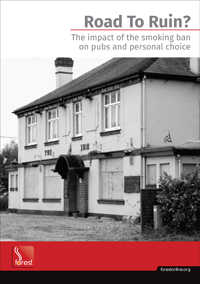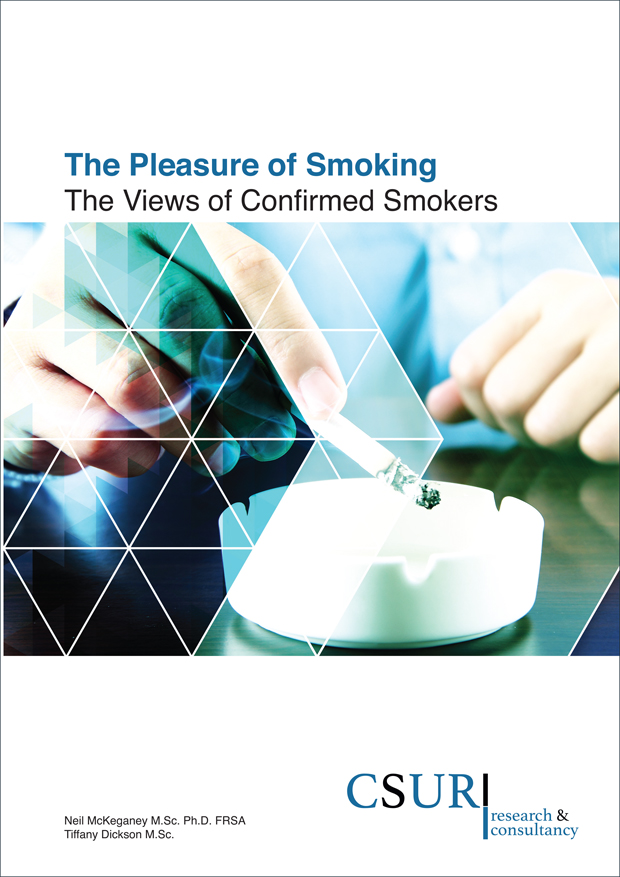Smoking and Covid-19 update
 Monday, April 13, 2020 at 14:29
Monday, April 13, 2020 at 14:29 We can add another two studies to the list of preliminary reports that mention smoking and Covid-19.
The first, published on Saturday and entitled ‘Factors associated with hospitalization and critical illness among 4,103 patients with Covid-19 disease in New York City’, is an interesting read.
It concludes that the strongest risks for hospital admissions were age and comorbities (pre-existing illnesses). On the issue of smoking, the key paragraph reads:
Surprisingly, though some have speculated that high rates of smoking in China explained some of the morbidity in those patients, we did not find smoking status to be associated with increased risk of hospitalization or critical illness.
The second is a French study. I can’t read French so I am indebted to Danish journalist and blogger Klaus K who tweeted:
Official French data on #tobacco smoking & #covid19 replicate the picture in China, Germany & USA: A remarkable low rate of smokers are hospitalised w/ coronavirus compared to smoking prevalence (France 23%).
A link to the data can be found here.
These are not the only examples of smokers being found to be under-represented among hospitalised or critical coronavirus patients.
On March 31 the Centers for Disease Control and Prevention (CDC) in the USA posted preliminary estimates of the prevalence of selected underlying health conditions among patients with coronavirus.
The CDC results were summed up in another tweet by Klaus K:
The consistent low rate of #tobacco smokers among patients with #coronavirus in China is now duplicated in the US by CDC. Among 7,162 corona patients with medical records, 6,901 were never-smokers (96.3%), 165 ex-smokers (2.3%), and only 96 smokers (1.3%).
The CDC study followed reports of two meta-analyses of studies based on patients in China that I wrote about here.
According to a preliminary meta-analysis published in the European Journal of Internal Medicine (sample size: 1,399), 'Researchers found no link between cigarette smoking and the severity of Covid-19 among cases in China.'
In another, ongoing, meta-analysis, cardiologist Dr Konstantinos Farsalinos has reported that of '2,352 hospitalized cases examined, the observed prevalence of current smoking is <1/3rd the expected.'
Interestingly, the Foundation for a Smokefree World is compiling its own ‘Covid-19 and Smoking Updates’.
Posted on Friday by Charles Gardner, the Foundation’s director of Health Science and Technology, this is his current analysis:
Smokers who become ill with Covid-19 are no more likely to be hospitalized than non-smokers.
13 studies from China covering 5,960 hospitalized Covid-19 patients show that only 6.5% of them were smokers. The smoking rate in China is 26.6% (50.5% male and 2.1% female).
US Centers for Disease Control and Prevention (CDC) data on 7,162 Covid-19 patients show that only 3% of those who required hospitalization were current smokers. The smoking rate in the United States is 13.7% (15.6% male and 12% female)
To the best of my knowledge none of the studies mentioned above have been reported by a single mainstream newspaper or broadcaster in the UK or US.
Only one smoking and Covid-19 related ‘story’ has been reported and that was a statement issued on Friday April 3 by Public Health England that declared:
‘Emerging evidence from China shows smokers with Covid-19 are 14 times more likely to develop severe respiratory disease’
See ‘Smokers at greater risk of severe respiratory disease from Covid-19’.
Based on a single study that analysed just 78 patients of whom only five were smokers, this alarmist anti-smoking propaganda has been reported at home and abroad without, as far as I can tell, any counter argument.
The only journalist who has queried PHE’s ‘story’ is Rod Liddle. Writing in the current issue of the Spectator, Rod cites some of the evidence PHE chose to ignore. The article can be found in the print edition, out now. Online it is available only to subscribers but if that changes I’ll let you know.
Meanwhile, based on all the current evidence, how do we summarise the threat of Covid-19 to smokers in particular?
If you have an existing respiratory illness, possibly caused or exacerbated by smoking, it’s reasonable to think you may be at greater risk of hospitalisation or critical illness if you catch a respiratory virus such as Covid-19. That much is common sense.
So far however there would appear to be very little evidence that smokers per se are at greater risk of hospitalisation or chronic illness than non-smokers. Indeed, in most of the preliminary studies smokers are under-represented in terms of hospitalisation and critical illness.
One or two studies even hint that smokers might be protected from Covid-19. Personally I think it’s too early to draw any conclusions either way.
On current evidence however it’s clear that if there is an outlier among the present crop of studies and meta-analyses, it’s the study that Public Health England has used to justify the contentious claim that ‘smokers with Covid-19 are 14 times more likely to develop severe respiratory disease.’
Unscientific propaganda has no place in public health and in due course PHE must be held to account.











Reader Comments (6)
"It is probably right that PHE and our Health Secretary remind us all, from time to time, of the dangers of smoking...."
I absolutely agree that from time to time they should remind new generations but not all the bloody time and usually promoting some questionable scaremongering propaganda to dehumanise smokers to exclude us from society and health services That is not right all the time or even time to time.
We expect honesty at least for the whacking amount of taxes they take from us to punish us for not quitting and ignoring their
often questionable advice on smoking, smokers, and health.
In France the Scientific Counsel officially stated :
"On a quelque chose de très particulier avec le tabac. On a constaté que l’immense majorité des cas graves ne sont pas des fumeurs, comme si (…) le tabac protégeait contre ce virus, via la nicotine", a déclaré le président du Conseil Scientifique Jean-François Delfraissy."
"We have something very special with tobacco. We have found that the vast majority of serious cases are not smokers, as if (…) tobacco protects against this virus, via nicotine," said the president. from the Jean-François Delfraissy Scientific Council.
This was covered in most of the mayor press.
So to say it with Pink Floyd "have a cigar" (before you go out)
Simon
Nitric Oxide and Carbon Monoxide, two gases smokers inhale whenever they have a cigarette.
Nitric Oxide Inhibits the Replication Cycle of Severe Acute Respiratory Syndrome Coronavirus
ABSTRACT
“Nitric oxide (NO) is an important signaling molecule between cells which has been shown to have an inhibitory effect on some virus infections.
The purpose of this study was to examine whether NO inhibits the replication cycle of the severe acute respiratory syndrome coronavirus (SARS CoV) in vitro. We found that an organic NO donor, S-nitroso-N-acetylpenicillamine, significantly inhibited the replication cycle of SARS CoV in a concentration-dependent manner. We also show here that NO inhibits viral protein and RNA synthesis. Furthermore, we demonstrate that NO generated by inducible nitric oxide synthase, an enzyme that produces NO, inhibits the SARS CoV replication cycle.”
https://jvi.asm.org/content/79/3/1966
What is the role of interleukin-6 (IL-6) inhibitors in the treatment of coronavirus disease 2019 (COVID-19)?
“Interleukin-6 (IL-6) inhibitors may ameliorate severe damage to lung tissue caused by cytokine release in patients with serious COVID-19 infections. Several studies have indicated a “cytokine storm” with release of IL-6, IL-1, IL-12, and IL-18, along with tumor necrosis factor alpha (TNFα) and other inflammatory mediators. The increased pulmonary inflammatory response may result in increased alveolar-capillary gas exchange, making oxygenation difficult in patients with severe illness.”
https://www.medscape.com/answers/2500114-197455/what-is-the-role-of-interleukin-6-il-6-inhibitors-in-the-treatment-of-coronavirus-disease-2019-covid-19
Carbon monoxide inhibits IL-17-induced IL-6 production through the MAPK pathway in human pulmonary epithelial cells.
2005
“Herein, we examine the production of cytokine IL-6 induced by IL-17 and the effect of CO on IL-17-induced IL-6 production in human pulmonary epithelial cell A549. We first show that IL-17 can induce A549 cells to release IL-6 and that CO can markedly inhibit IL-17-induced IL-6 production.”
https://www.ncbi.nlm.nih.gov/pubmed/16003000
Once again evidence that antismoking 'studies' are often more propaganda than actual science. The public health community talks about 'evidence-based policy' when in reality they champion ideological based propaganda. The balance of of studies suggest a protective role of smoking in relation to COVID-19. Only a small number of very small sample studies by known antismoker activists suggest otherwise.
This evokes memory of the pseudo-science used to impose smoking bans. The majority of sound studies — including those with the largest samples conducted over longer timeframes — demonstrated very small if any risk. The cherry-picked analyses used to 'justify' the bans on ideological grounds were trumpeted while this studies that didn't conform to the chosen propaganda line were brutal suppressed.
Such a pity that they banned smoking rooms in hospitals, drove the smoking staff of the premises and banned smoking in care homes, they left them defenceless and the properties of small doses of nitric oxide and carbon monoxide in the immune system have been known since the 90's with more appearing every year.
Nicotine patches, seemingly based on Green Tobacco Sickness, from dermal absorption in wet tobacco fields, came out around then and as few people wanted to buy them they had to accelerate the sales somehow, they even wanted to sell them in pubs at one point.
Raw nicotine is nasty stuff, made by the plant to stop animals eating the leaves, it has to be processed thoroughly before you can make anything useful out of it.
I have yet to find any market for it except for selling to vapers or people who have been peruaded to quit.
Long ago it used to mixed with sulphur to make a short lived pesticide but that was overtaken by organophospates.
In the forties they had hoped to process it into niacin for fortifying the bread to save thousands lives from the dreadful deficiency disease Pellagra,now almost forgotten, but the Antis threw a fit, and to get niacin, which was then called nicotinic acid, into flour at all the government had to choose a much cheaper derivative of coal tar, Quinoline, and change the name.
There are plenty of uses for the Solanesol in tobacco leaves though, from medicines to face cream.
SHOCKER: 'VILLAIN' NICOTINE SLAYS TB - Orlando Sentinel
https://www.orlandosentinel.com/news/os-xpm-2001-05-22-0105220081-story.html